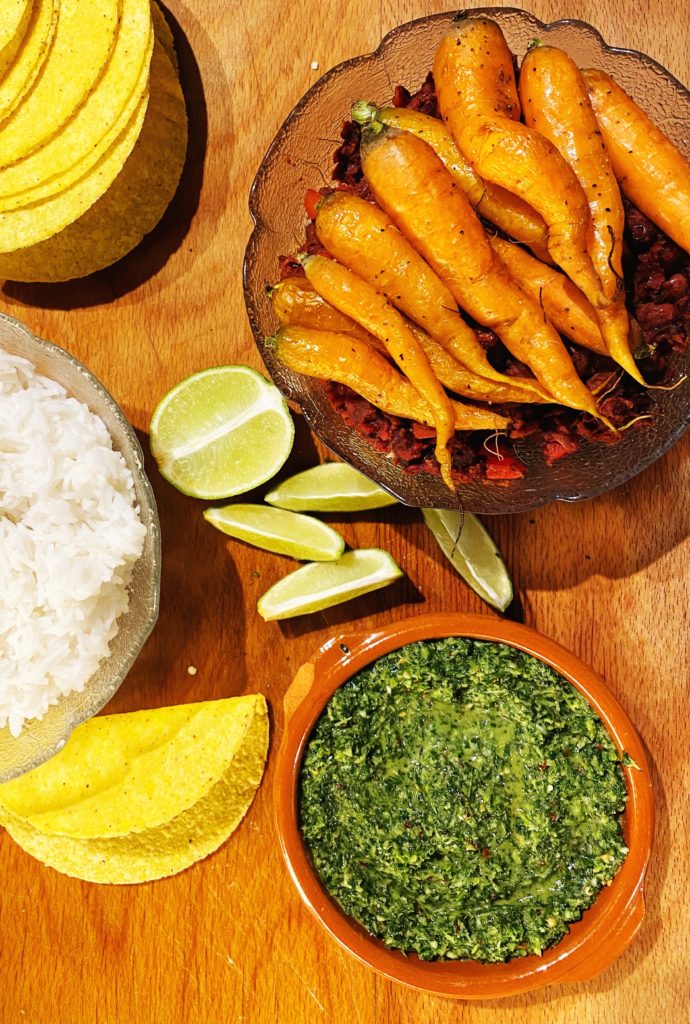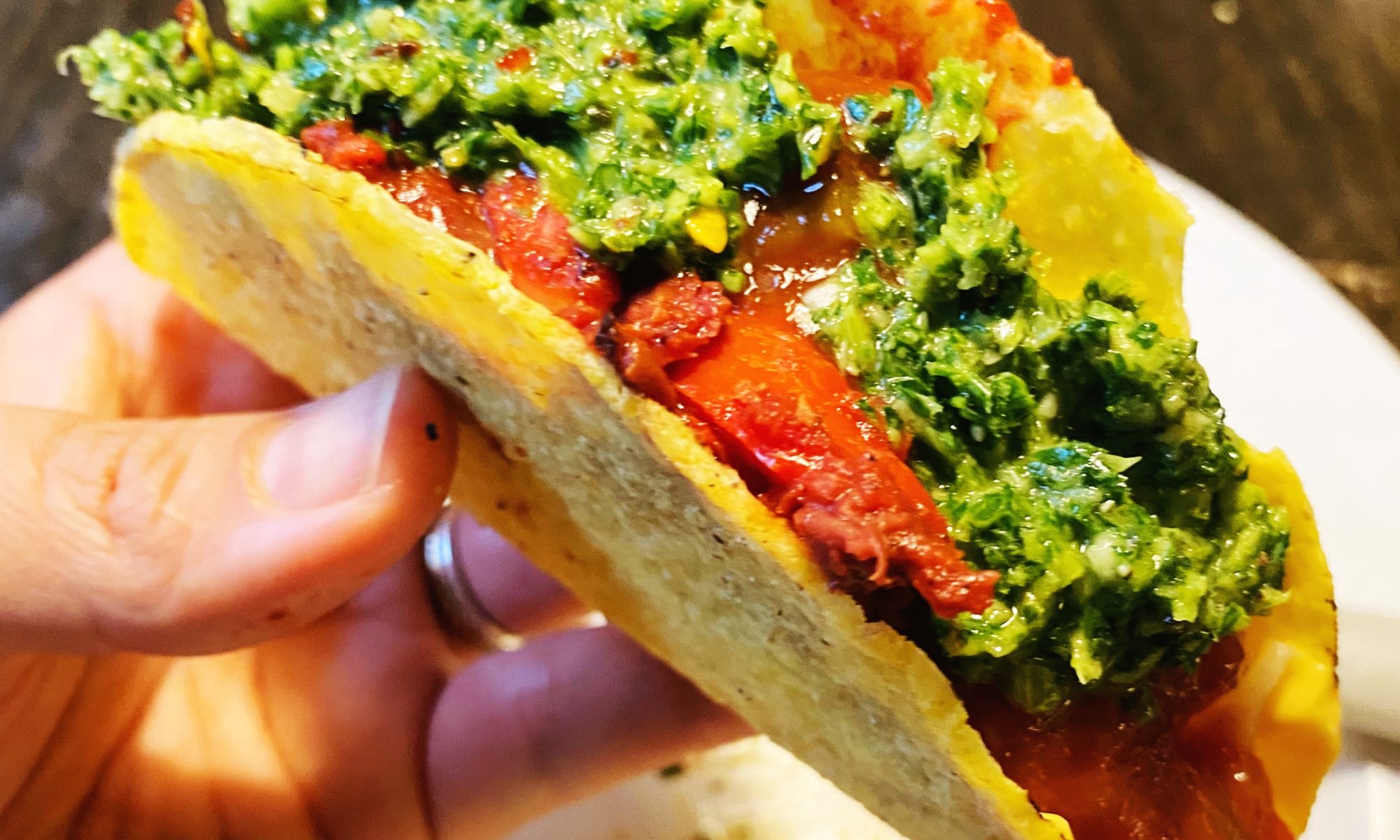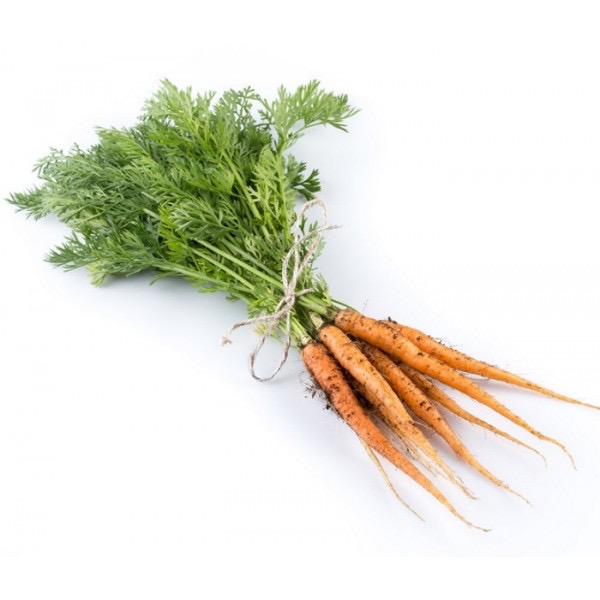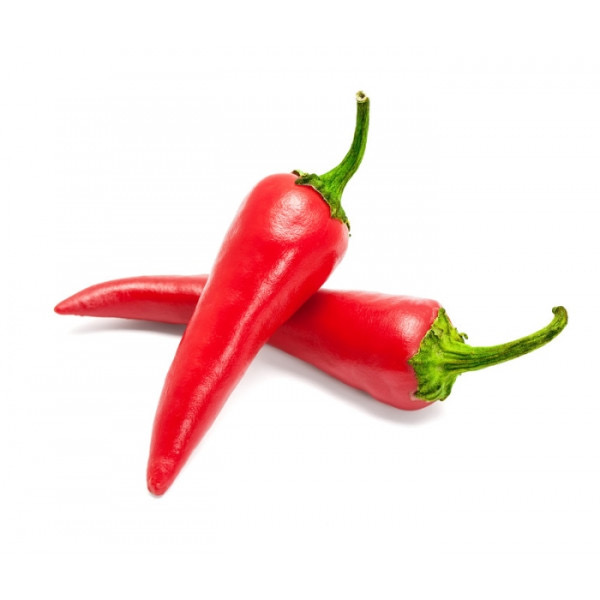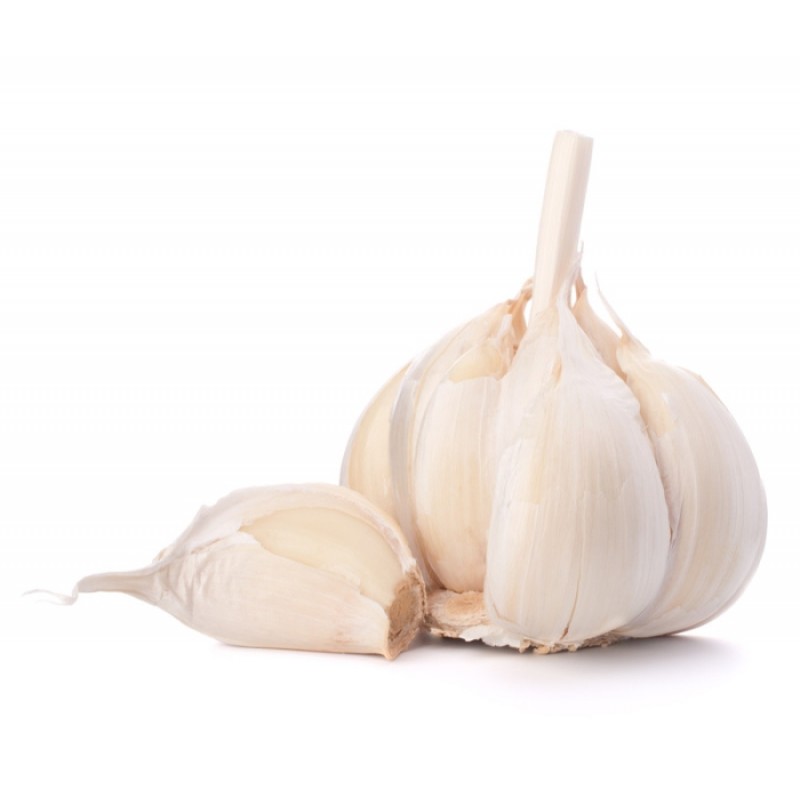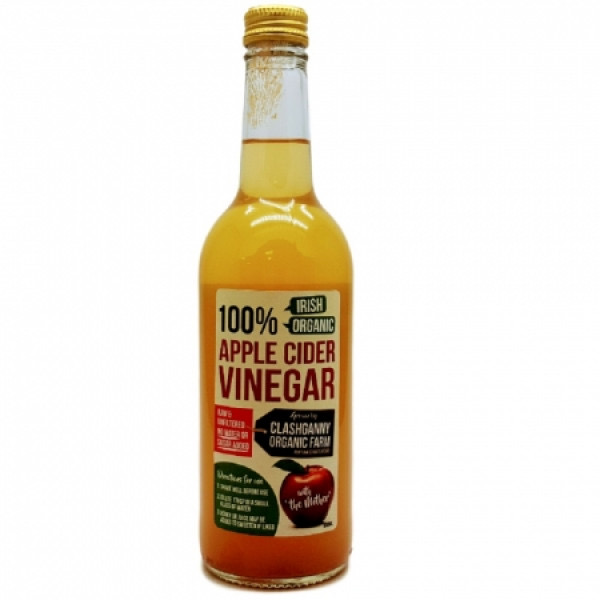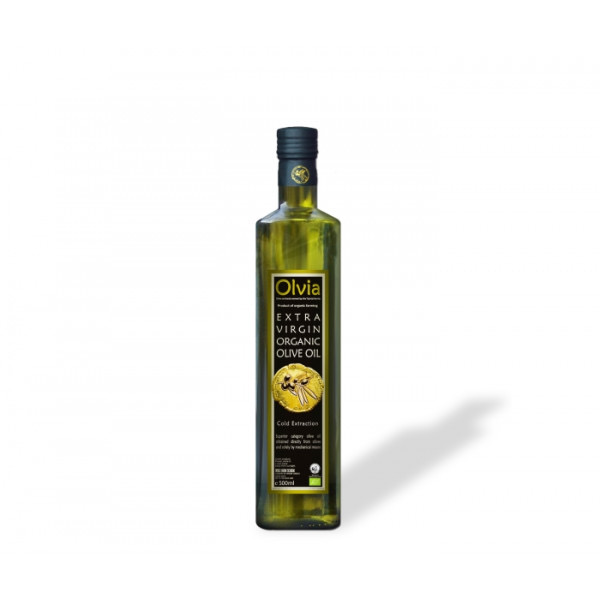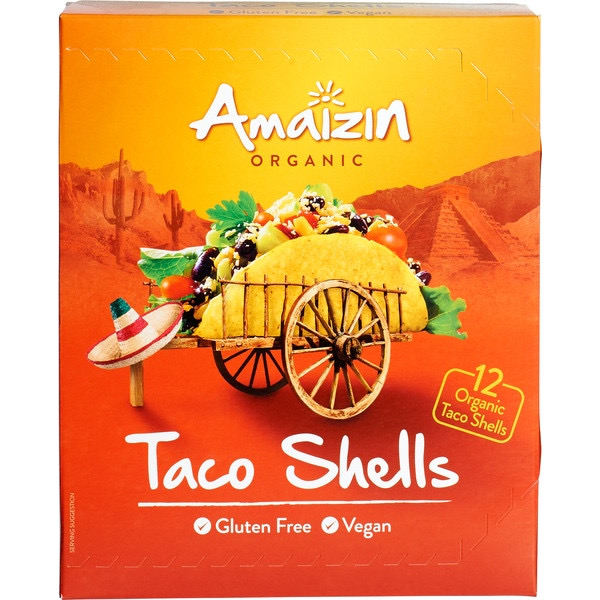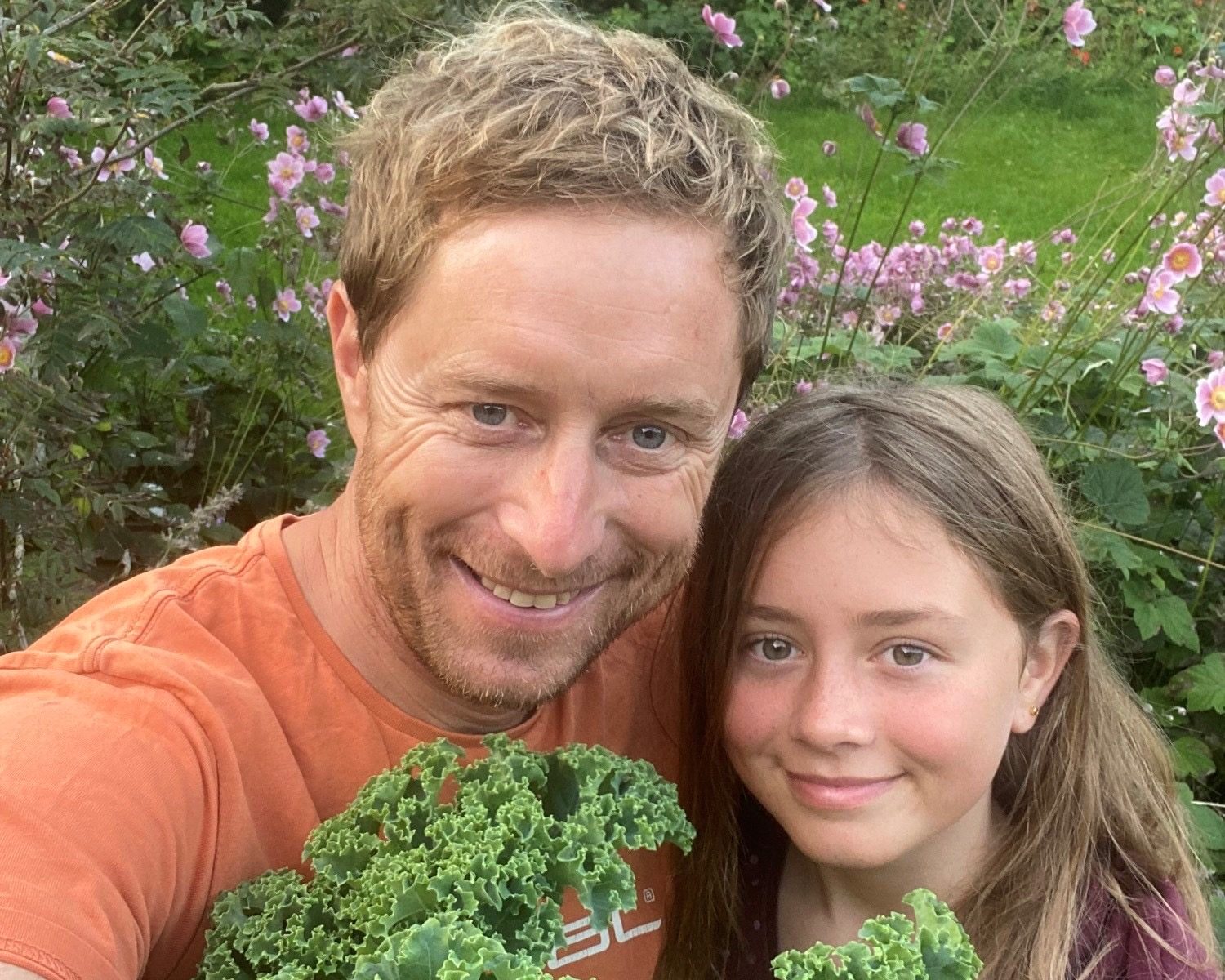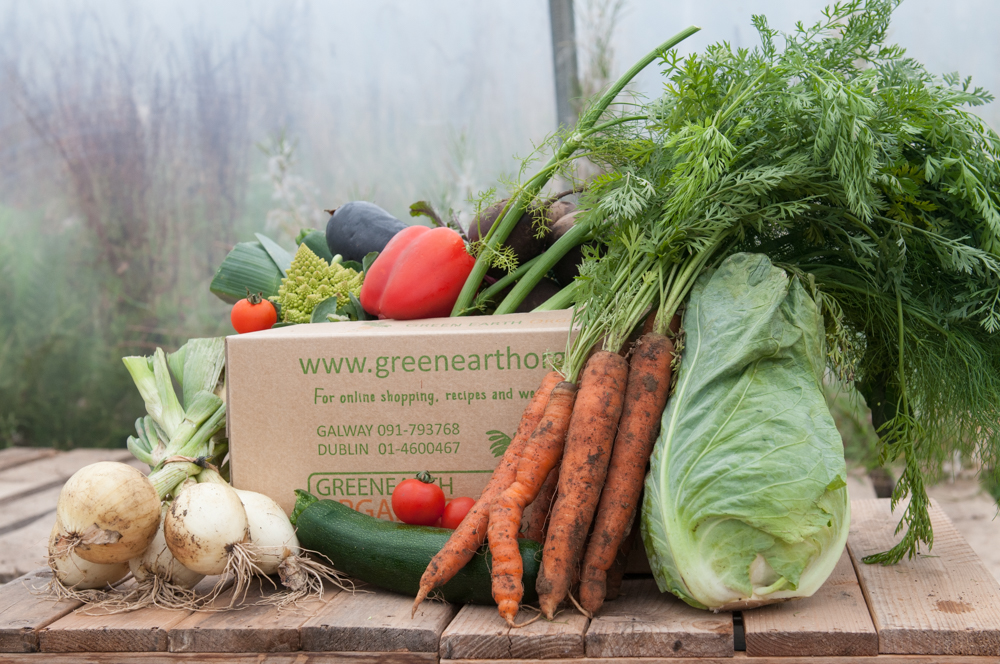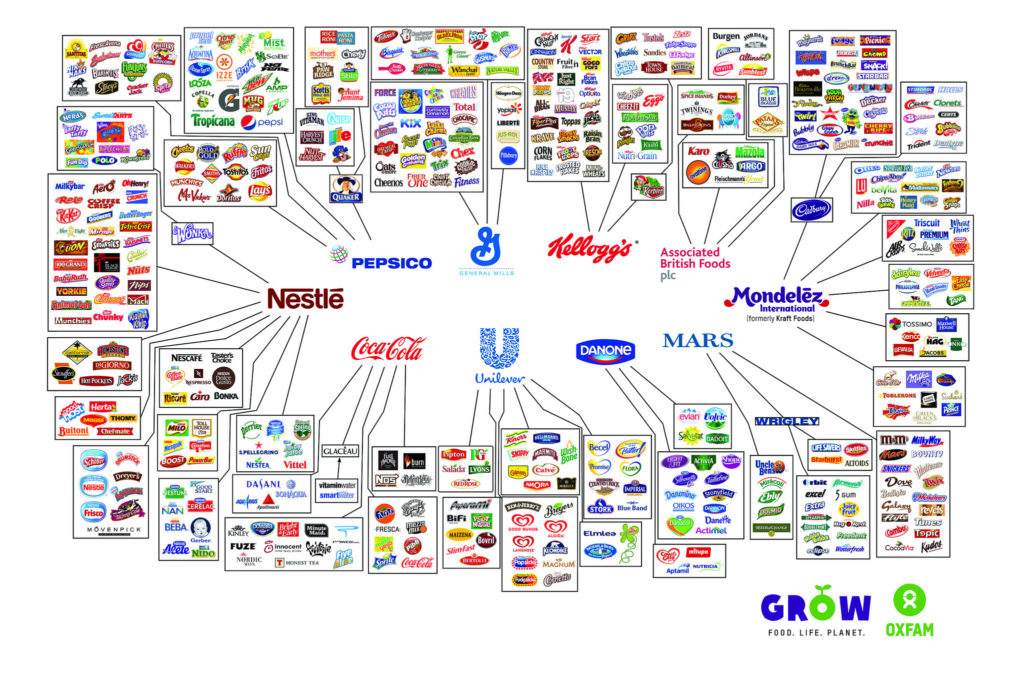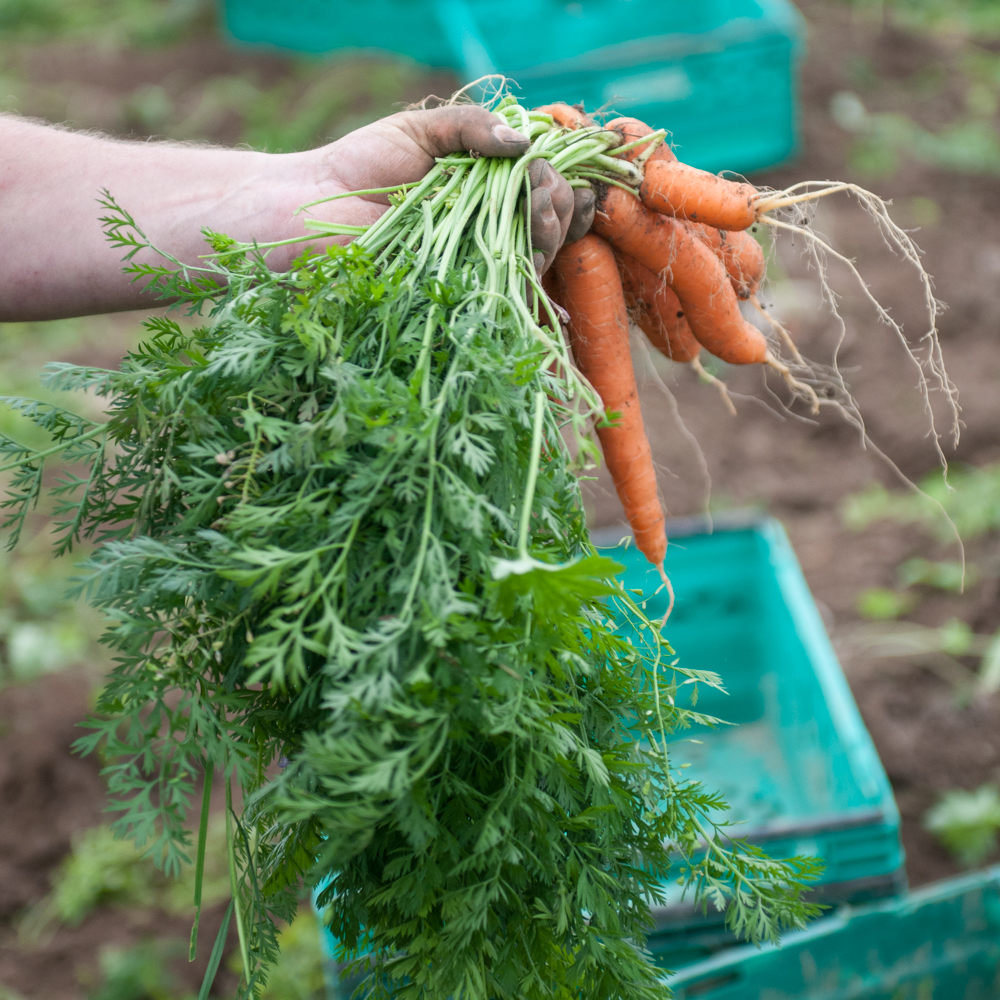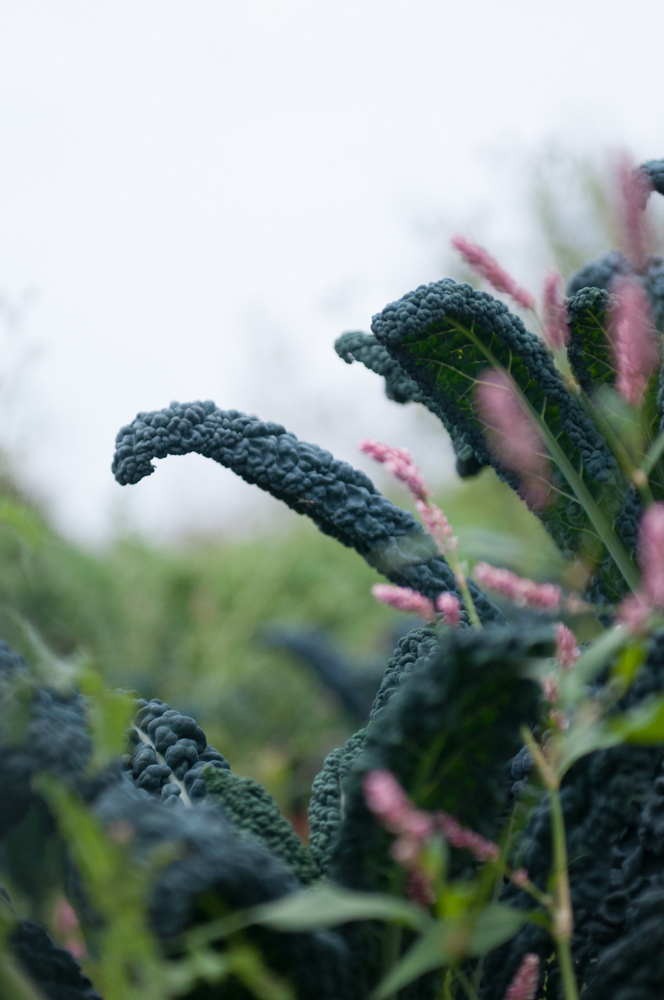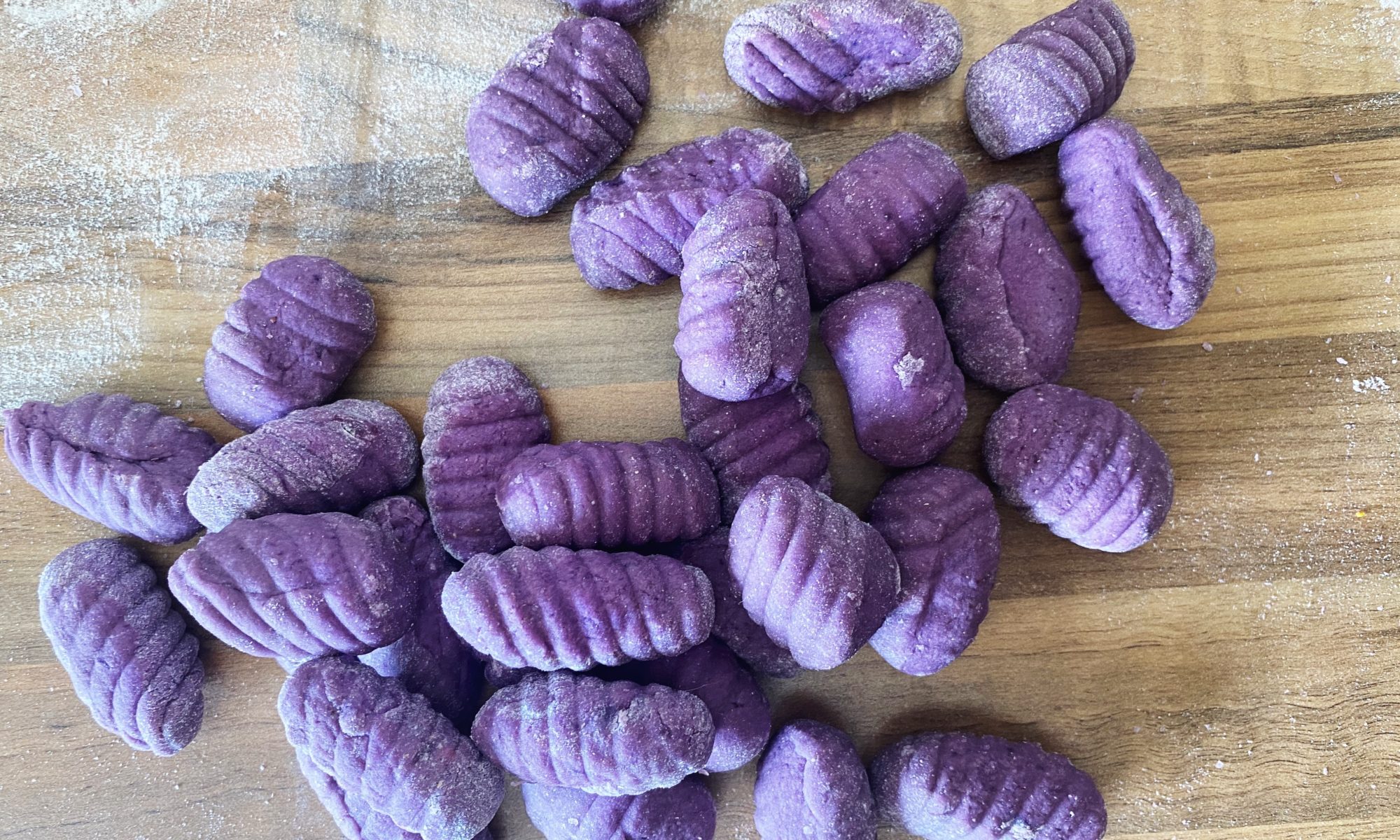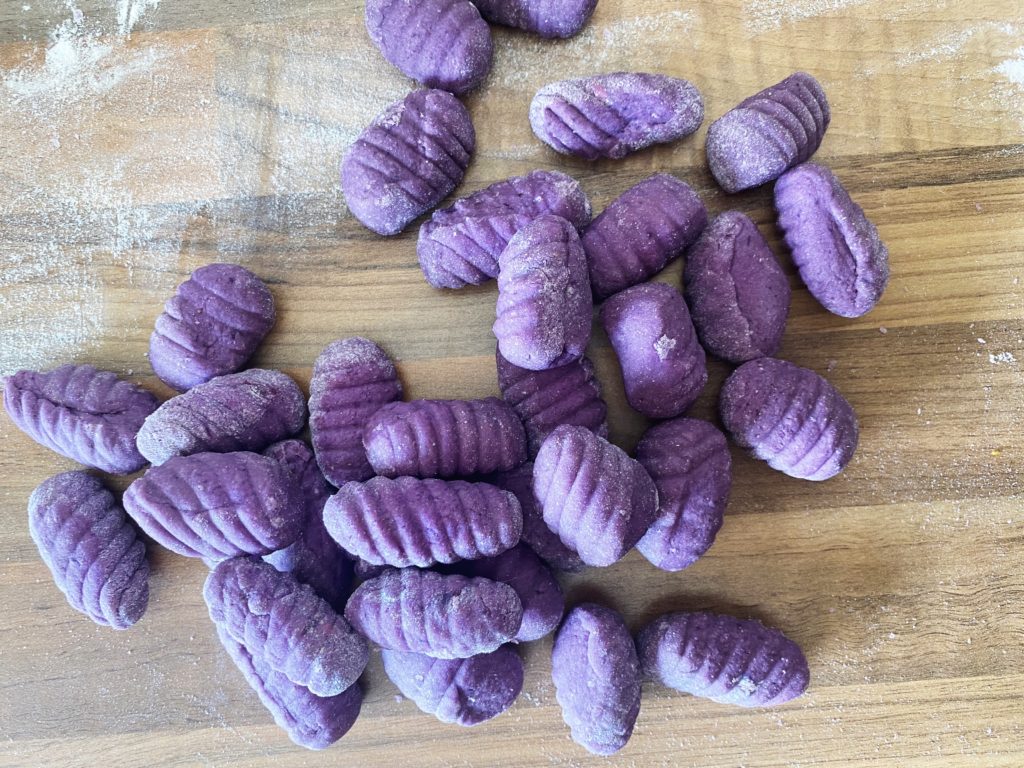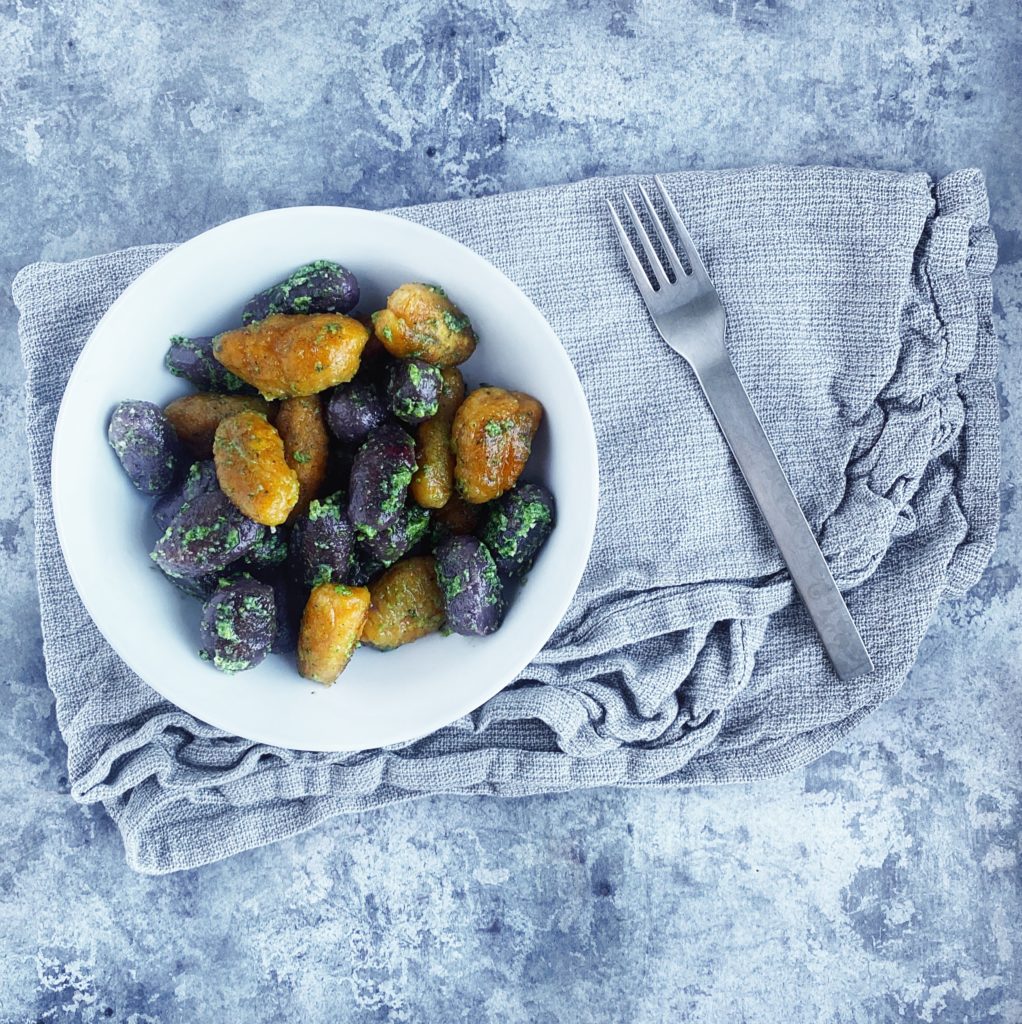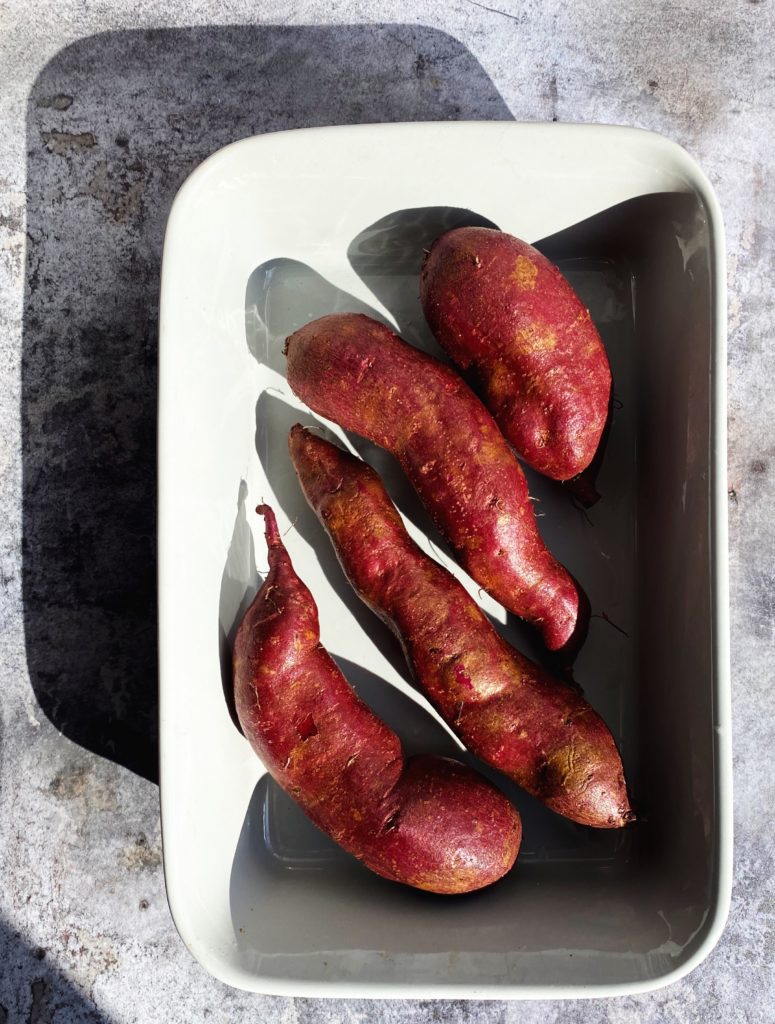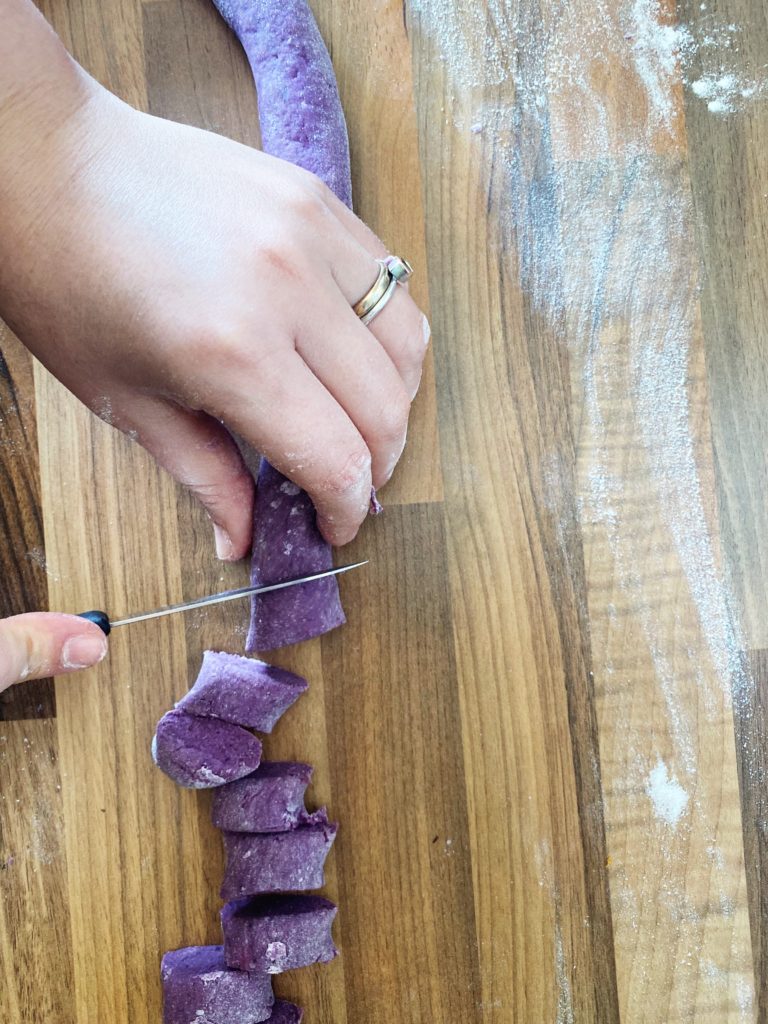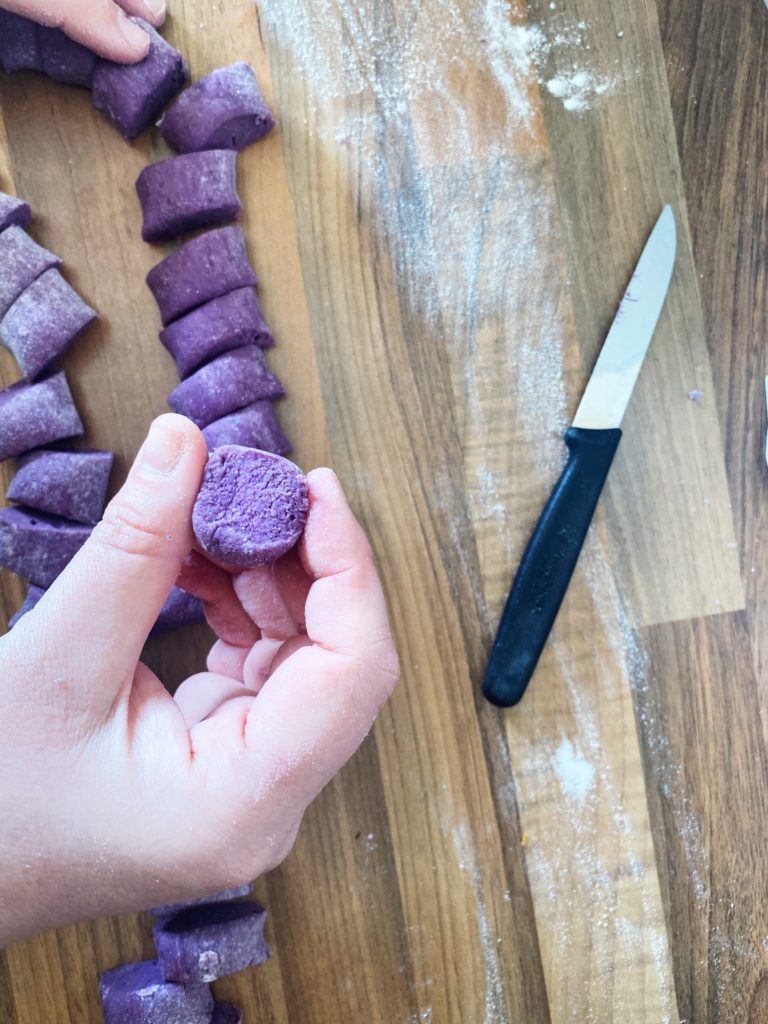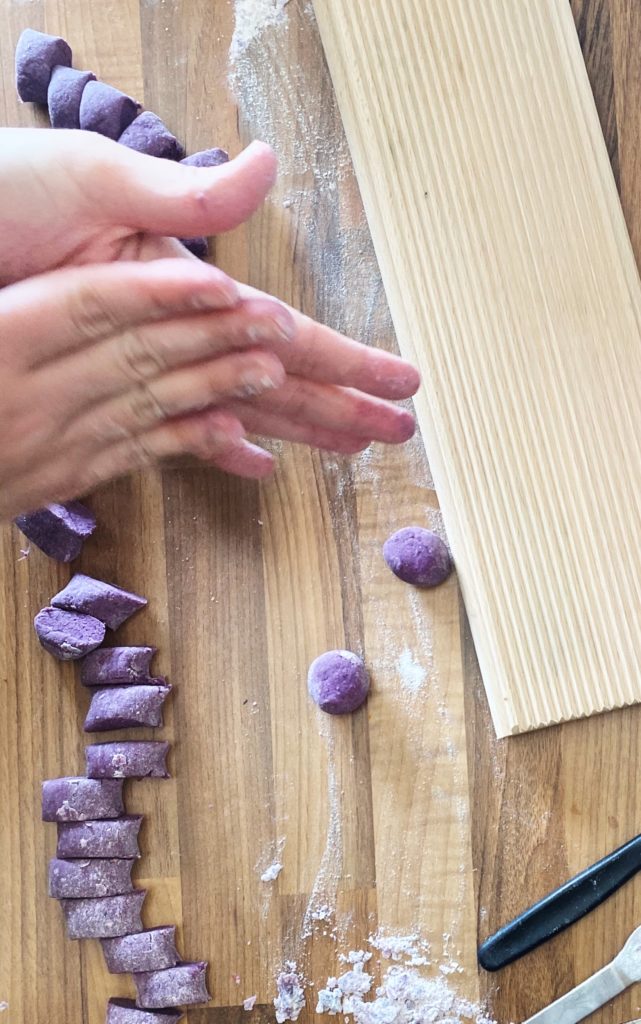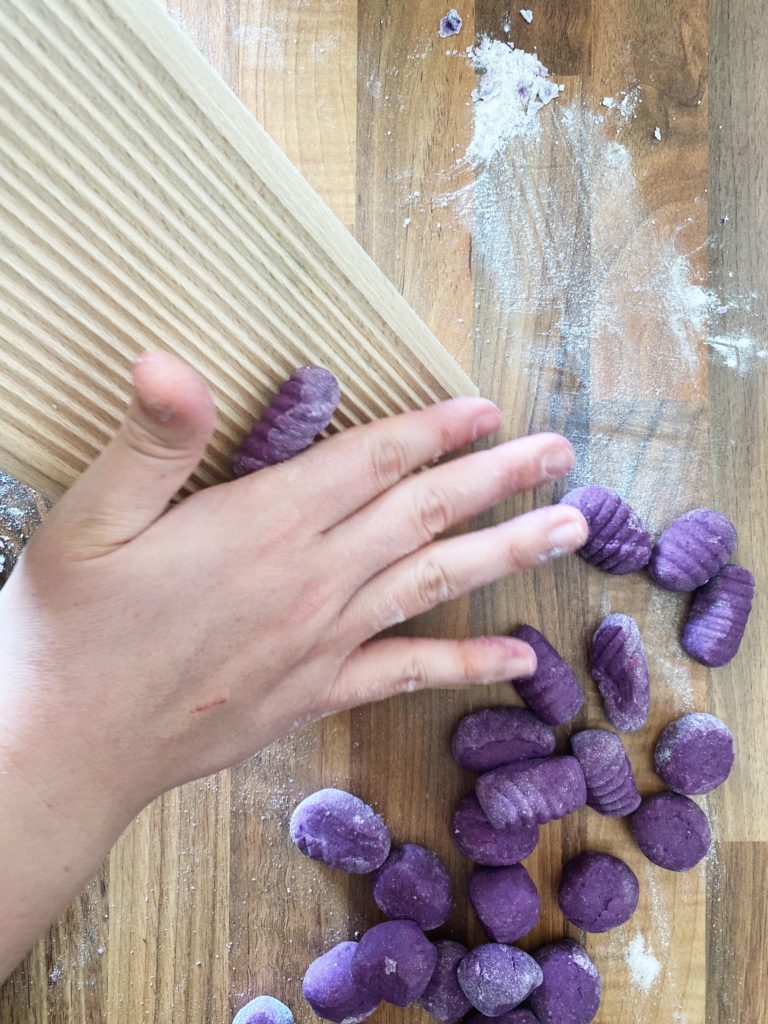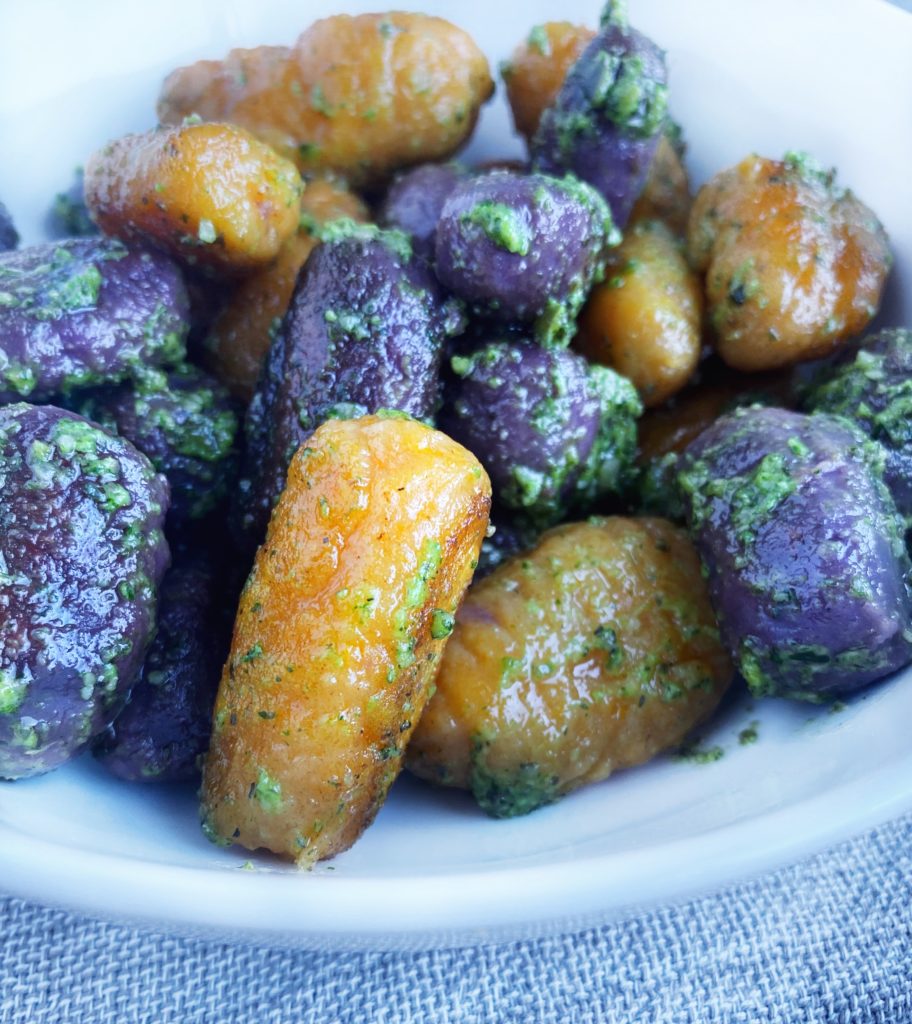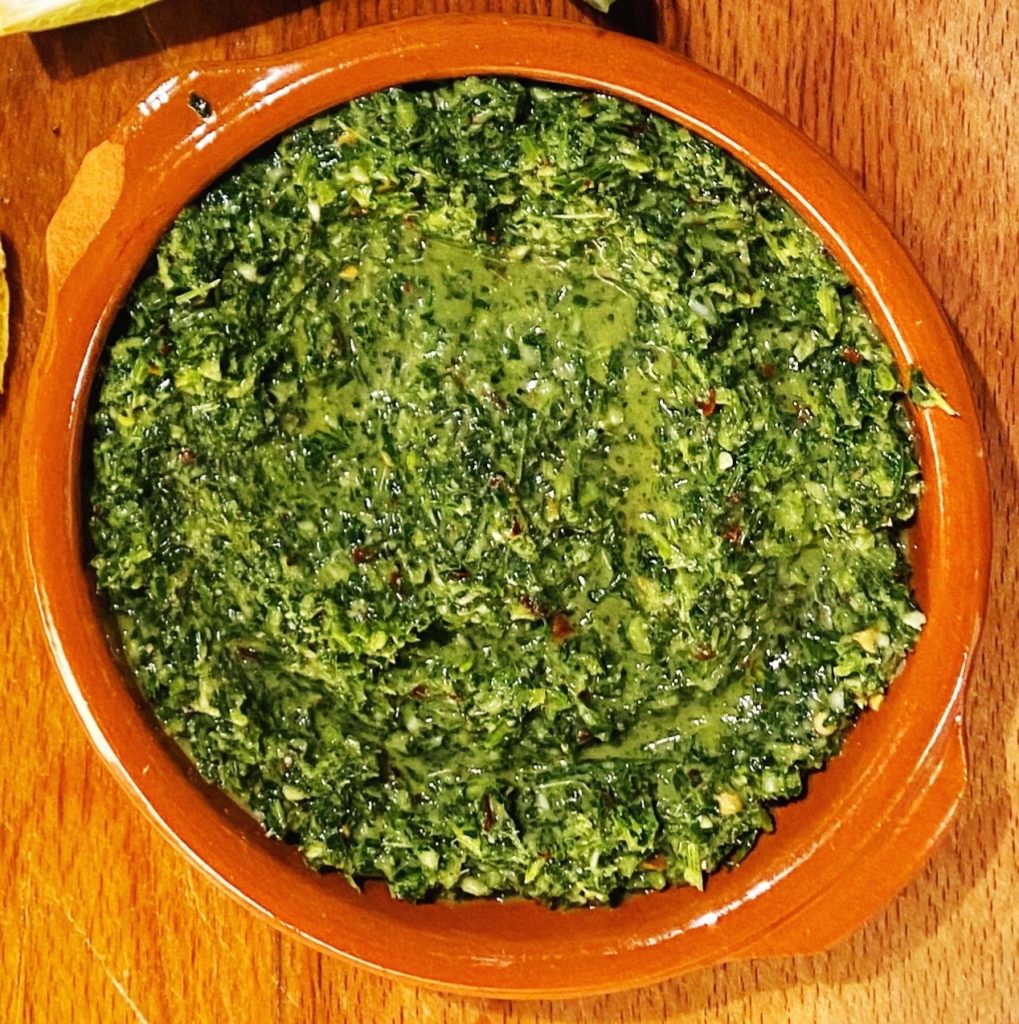
It’s new carrot season and we are really pleased with our crop again this year. They are the sweetest, most fragrant carrots ever! While they are being harvested fresh for the boxes (before we do a big harvest and store them for winter) we hope you really enjoy the greens too! They are perfectly edible and incredibly delicious and nutritious. Think of them like a fibrous herb. They have a strong parsley/carrot flavour and are best whizzed up into a pesto or other green sauce like this chimichurri. Or you can slice them finely and add them to soups or stews. Whatever you do, don’t throw the greens away, you’ll be missing out on some amazing dietary fibre, vitamins and minerals.
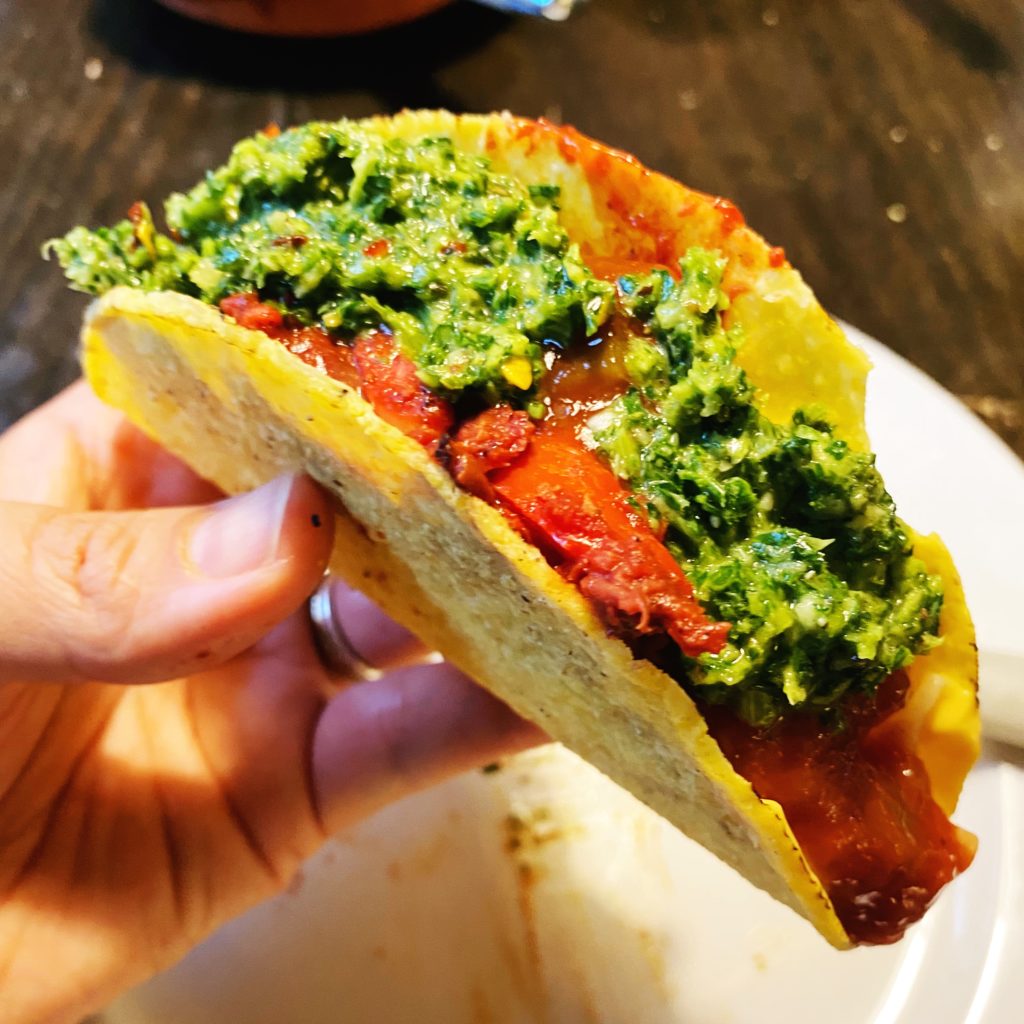
The main ingredient for a traditional chimichurri is parsley so carrot tops work really well as a replacement here. Simply whizz the ingredients up together in a food processor, allow the flavours to sit and mingle for a little while and you have a delicious herby drizzle to make your tacos (or barbecue, burritos, roast veg…) pop!
How do you use carrot tops? Liz x
Ingredients
- Carrot tops (I used tops from 8 carrots)
- 1 tsp chilli flakes (or use fresh red chilli to taste)
- 1 tsp dried oregano
- salt and pepper to taste (I use about a tsp of each)
- 8 tbsp extra virgin olive oil (or more!)
- 4 tbsp vinegar (red wine vinegar is traditional but local apple cider vinegar works well for this recipe too)
- 3 cloves of garlic
Method
- Rinse your carrot tops well, then roughly chop them and add them to a food processor.
- Add the rest of the ingredients and pulse until they come together into a rough, loose sauce. You may need to stop the machine a few times and scrape down the sides.
- Taste and adjust the seasoning if needed. You may also need to add more oil or vinegar to loosen the sauce. Blend again briefly to combine.
- Spoon the sauce into a small bowl, cover and allow the flavours to mingle and marinade while you prepare the meal you’ll be eating the chimichurri with. We drizzled ours over hard shell tacos this time and they were absolutely delicious! Enjoy.
